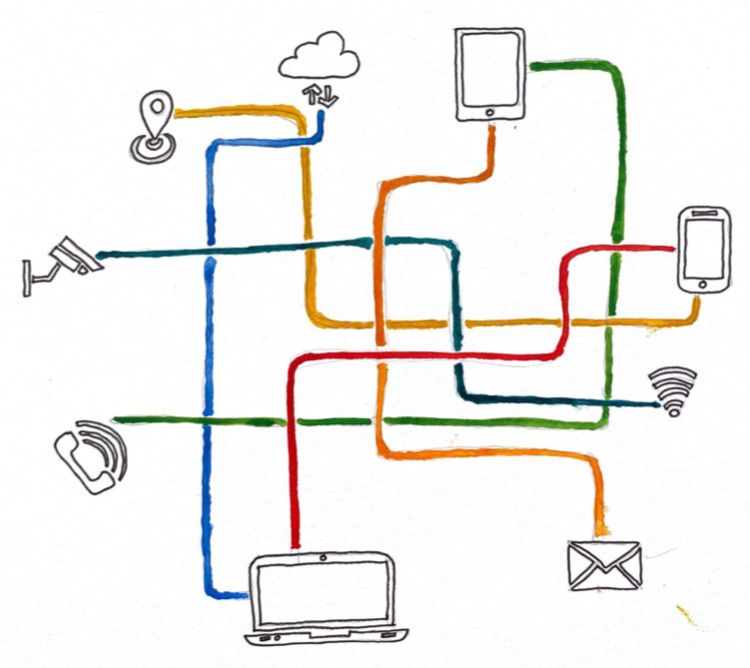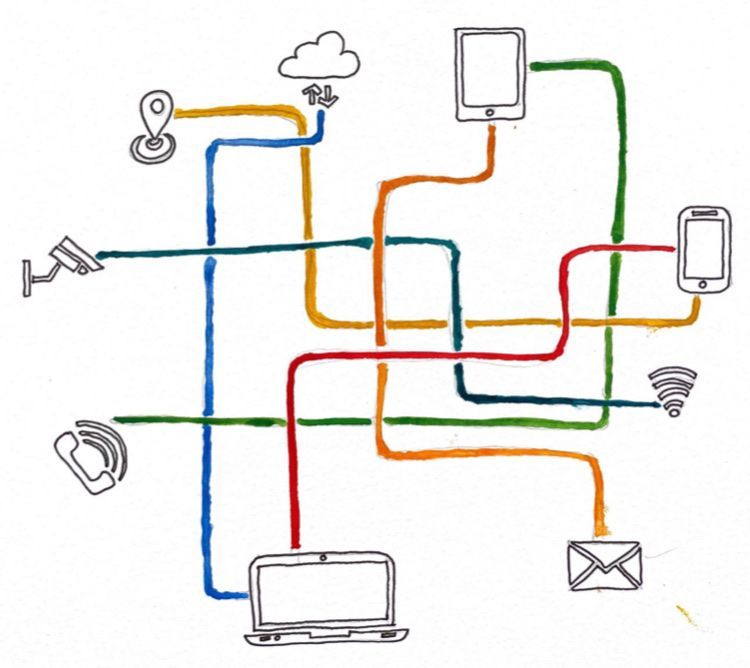The Internet - Imagine Life Without it

Can you visualise a world without the internet? I think not. However, history takes us back to the late 1950s when the Soviets launched the first satellite into space. Americans pondered deeply about their progress in science and technology, creating multiple innovative agencies like NASA and ARPA. In 1962, an M.I.T scientist suggested a network of computers able to communicate with one another, which assured long distance communication for state leaders even if the Soviets crashed the telephone system. This led to the connection of worldwide networks into a single “internet”. Consequently, major inventions like the TCP/IP protocols, the world wide web, and scrollbars appeared. The internet commercialised, ultimately developing it into what it is today.
The Cold War. Friction between two powerful nations. The Soviets were power-hungry and about to win the Space Race. The United States, desperate and determined, developed a government weapon to overtake the Soviets. Little did they know that it would revolutionize the whole of science, technology, and communication for years to come.
In a world where innovation and technology have developed to their finest form, it would not be wrong to say that the internet has played a prominent part in shaping the world into what it is today. The current number of total internet users is an estimated 4.95 billion, and this flabbergasting figure is expected to grow over time. Truth be told, the internet wasn’t something that was invented like the light bulb. Neither was it originally made to be used like how we use it today. As humans, it is something that evolved over time.

The internet’s history started around 1962 when a solution was put forward by the M.I.T (Massachusetts Institute of Technology) that suggested unbothered, long-distance communication links in the event of a shattered telephone system. This was during the Cold War, and such a network would allow government leaders to communicate, regardless of whether the Soviets trashed the telephone system or not. This network was named ARPANET.
Before the rest of the internet’s history is illustrated, one must understand how the internet works to fully grasp the historical content that follows. The internet - not to be confused with the world wide web (which is the web pages seen when one is online) - is a network operated through “packet switching”. This means that data transmitted from one end is broken down into “packets”, sent separately on sole routes, and finally reconstructed at the receiving end.
To ensure that all goes well during this lively process, the internet has some set standards, namely, TCP/IP (Transmission Control Protocol/ Internet protocol). TCP collects and reconstructs the data “packets” whilst IP confirms that the “packets” are consigned to the correct end. Additionally, this all happens with the help of transistors which act like a switch that instructs the flow of electric currents using voltage. This device can coordinate and process data instantaneously, and without it, the internet wouldn’t exist, ultimately affecting the economy, education and globalisation.
As ARPANET and multiple packet-switched networks started to grow and emerge, difficulties were faced in merging the networks into one worldwide “internet”. Hence, TCP/IP was introduced, which transformed the way scientists shared intelligence. However, the development doesn’t just stop there. The ARPANET is inactivated, and the internet is available now for commercial use. Tim Berners-Lee proposes the World Wide Web, establishing the foundation of the internet as we know it today.
Though it was the clever, quick-witted man who advanced the creation of the internet, it’s the same man who allowed it to penetrate every point of his life; the same man who takes it for granted; the same man who forgets what it’s capable of.
References:
https://www.britannica.com/technology/Internet - history of the internet,
https://online.jefferson.edu/business/internet-history-timeline/ - timeline of the internet
https://www.bbc.co.uk/newsround/47523993#:~:text=The%20world%20wide%20web%2C%20or,emails%20and%20files%20travel%20across.&text=The%20world%20wide%20web%20contains,roads%20like%20houses%20and%20shops - difference between world wide web and the internet
https://insh.world/tech/what-if-the-transistor-was-never-invented/ -importance/uses of transistors
https://www.history.com/topics/inventions/invention-of-the-internet - development of the internet
https://www.britannica.com/technology/TCP-IP- TCP/IP, how internet works
Author biography
Born in the Maldives, 16 year old Shuau Ismail Shan is about to complete 9th grade in Ahmadhiyya International School. As an avid bookworm, she loves to read about psychology, mystery, fantasy, and pretty much any topic she is enthusiastic about. Her favourite genre is, however, suspense thrillers and she is always on the lookout to read a new book. During her free time, she loves to cook, bake, and practise her keen interest in photography.

Cite this article as:
Shuau Ismail Shan, The Internet - Imagine Life Without It, theCircle Composition, Volume 2, (2022). https://theCircleComposition.org/the-internet/
